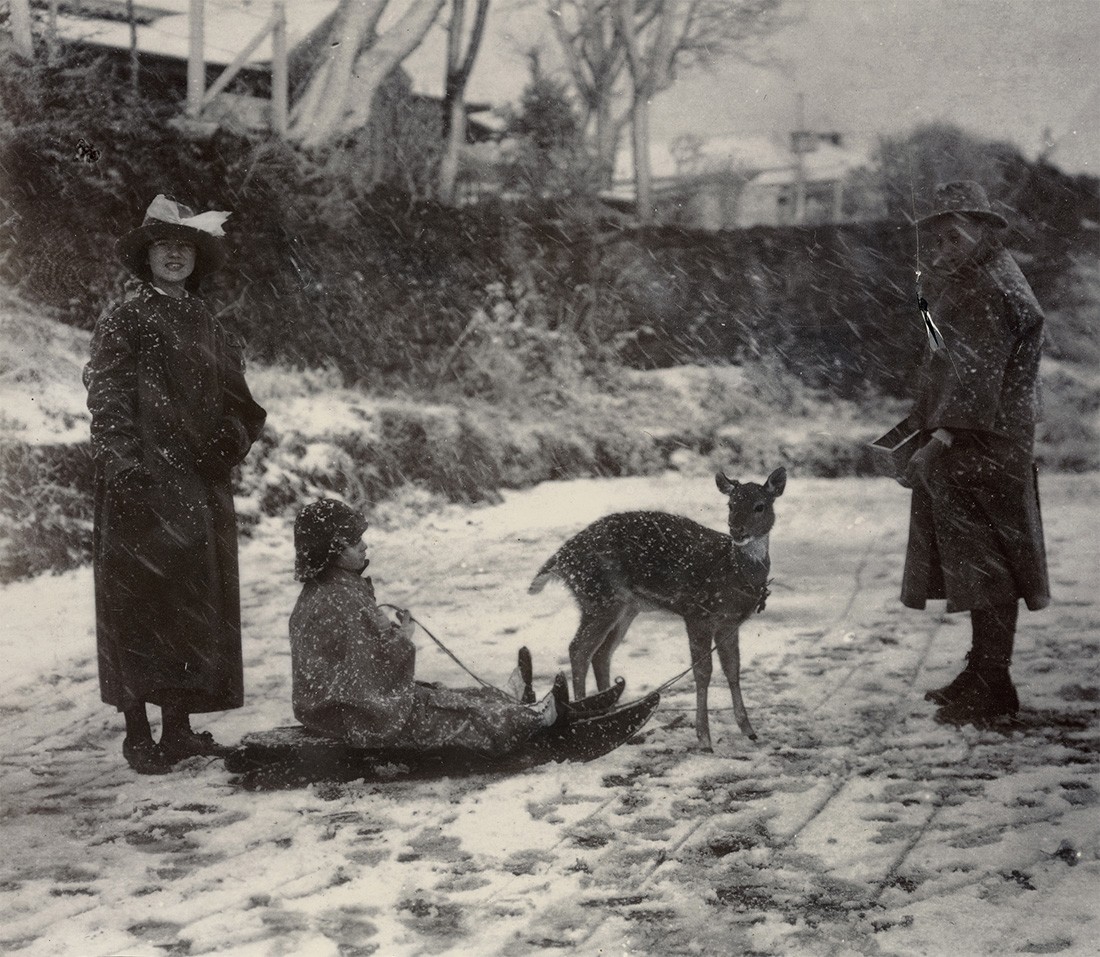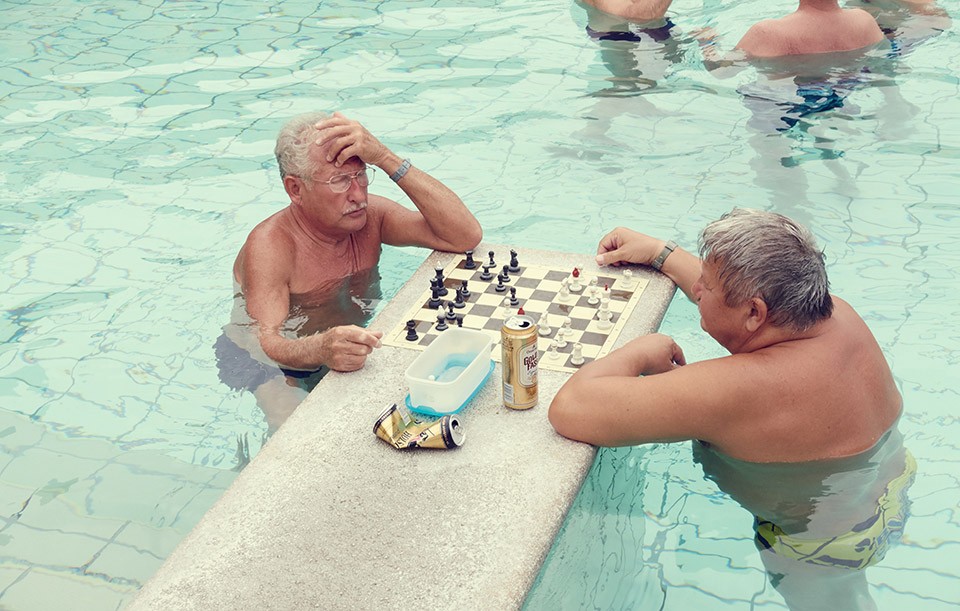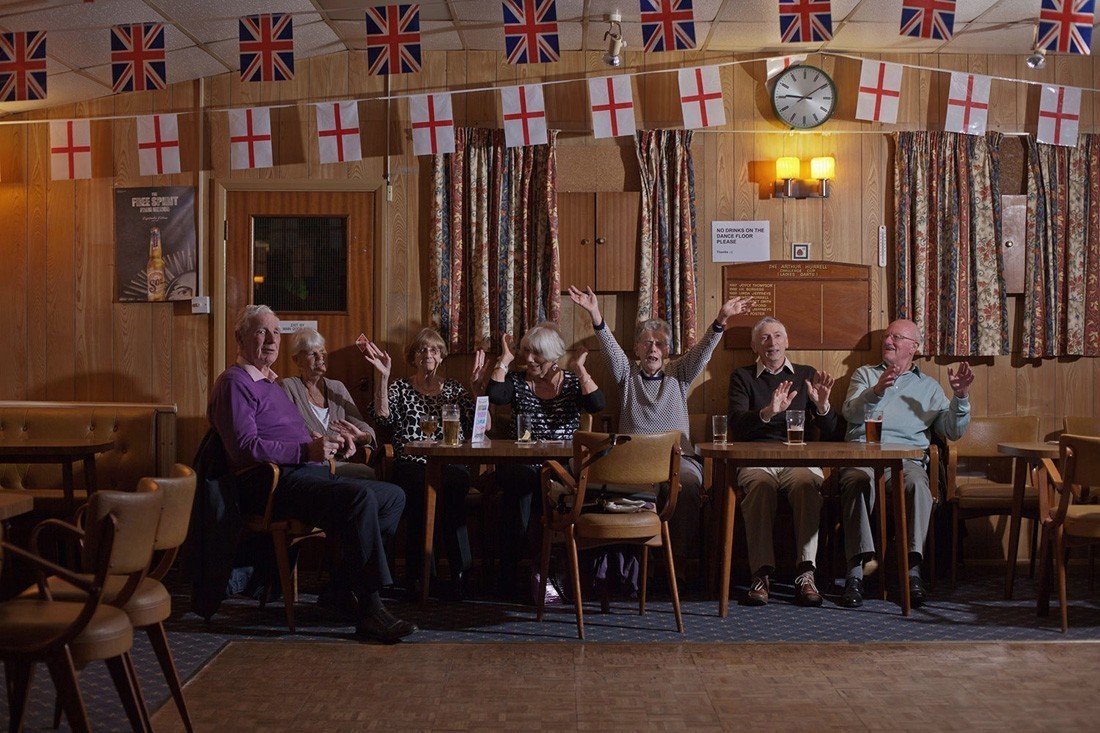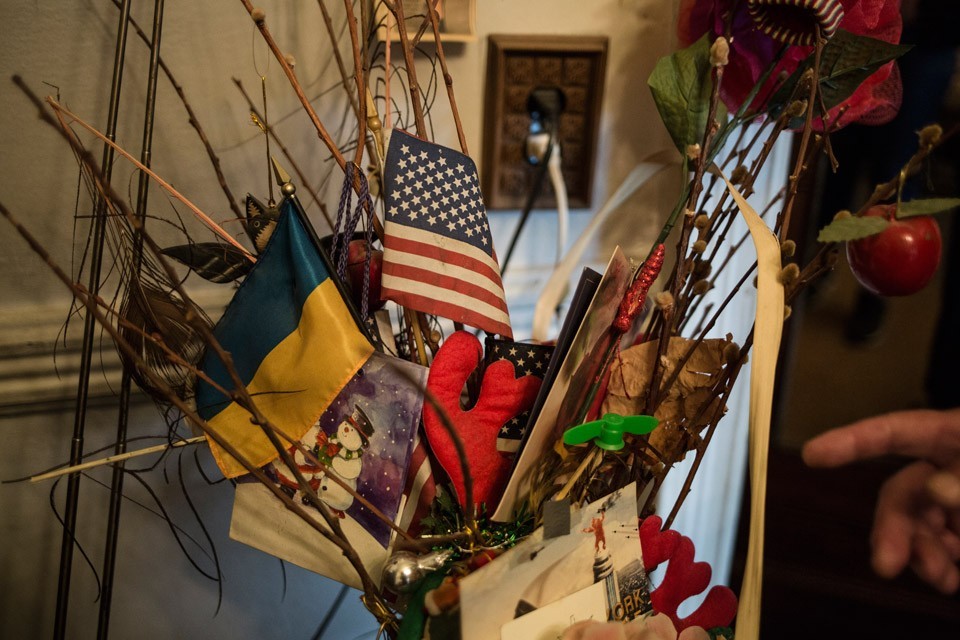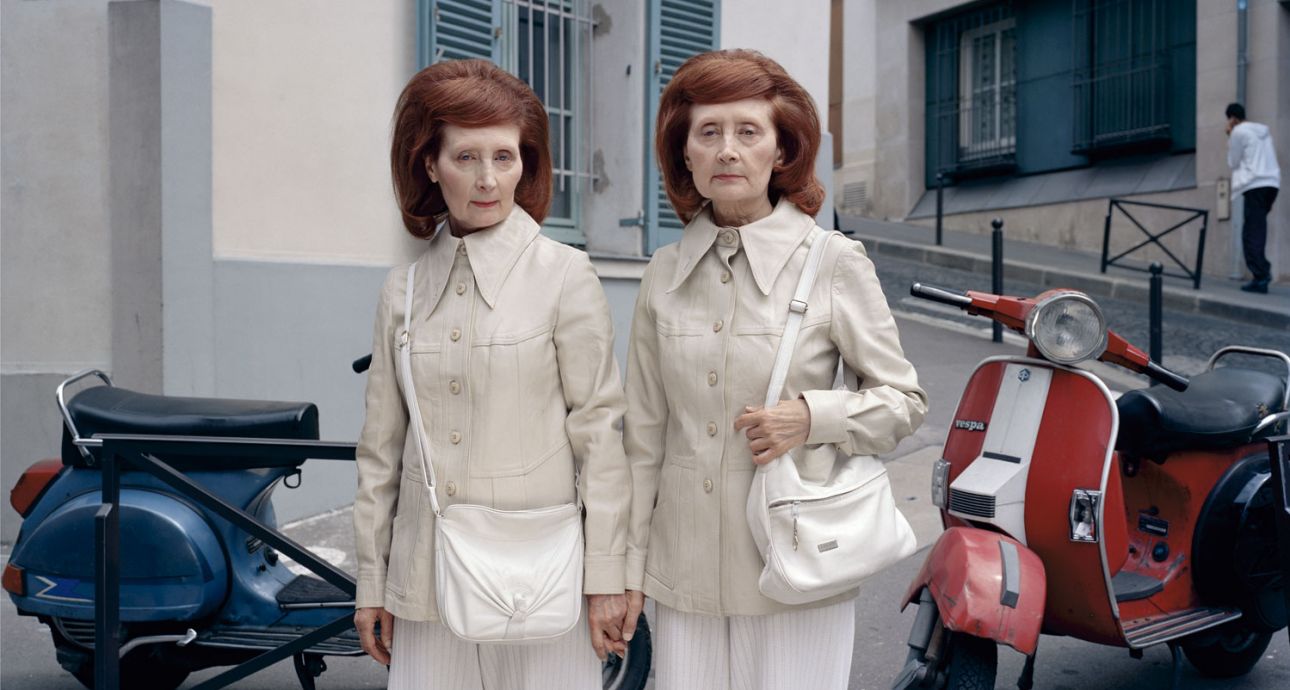
Maja Daniels: When You Finish a Project, It Is Like You Lose a Part of Yourself
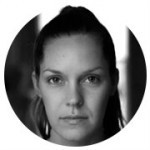
Born in Sweden, lives in London. Graduated from Speos, a photography school in Paris, in 2006. Has assisted fashion photographer Peter Lindbergh for three years. Contributes to New York Magazine, The Guardian Weekend Magazine, Intelligent Life, Monocle Magazine, FT Magazine, Der Spiegel, and Le Monde. Works on more than one personal project at a time. Studies human relationships in modern society.
When I was in Sweden, I’ve studied journalism and through my journalism course I’ve been introduced to photography. I ended up continuing my education at Speos, a photography school in Paris. I was so hungry to learn about photography I spent 12 hours at school almost every day. I managed to convince the administration I could do both courses they had: the journalism course and the studio course. This is how I learnt to mix genres. My projects might seem journalistic or documentary, but most of my photographs are still very set up.
It is a mix of going with the flow and planning. I don’t really believe in photojournalism, I don’t believe in the idea that you just supposed to be somewhere and then everything will happen. You always create your pictures.
I’ve got recommended to do the internship with a fashion photographer in Paris, Peter Lindbergh. I did that internship and ended up getting an assistant position. I worked with Peter for three years. What I’ve learnt from him the most — this idea that you don’t have to be just one kind of photographer, you just take things from different places and you make it your own in a way. Sometimes he would take the model out of the studio and onto the street, and would try to make something different with her.
Into Oblivion
‘Into Oblivion’ for me was obviously a difficult project — a difficult topic (elderly people with Alzheimer’s — Ed.), first project. I exhibited the works from this project in summer 2015, although it’s been almost 5 years since it’s finished. It means it’s still relevant.
I try to collaborate with my subjects. So, if the subject gets something from it or feeling involved, then I find that the exchange becomes much more interesting. I always approach a project as a person and then I am a photographer.
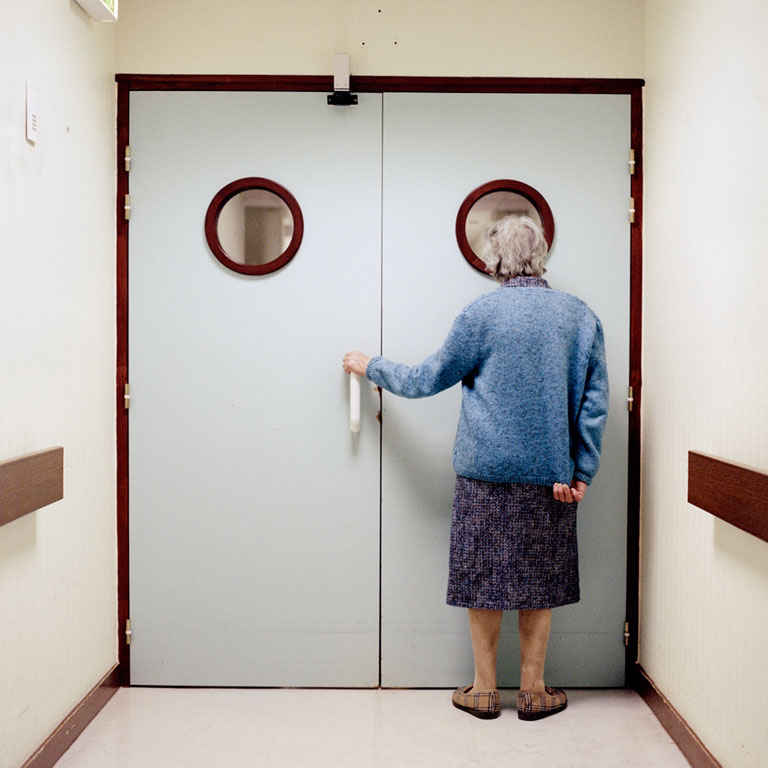

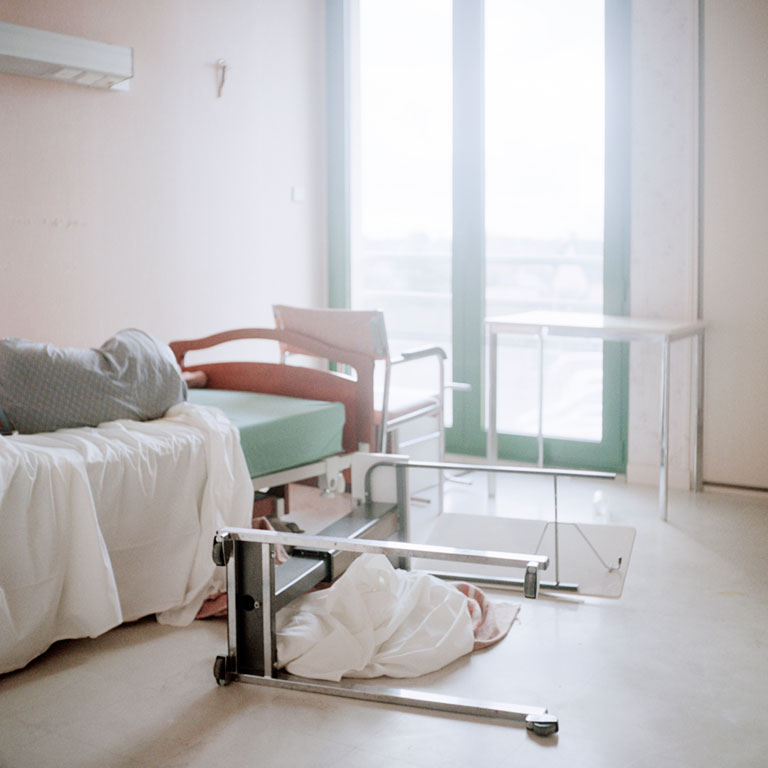
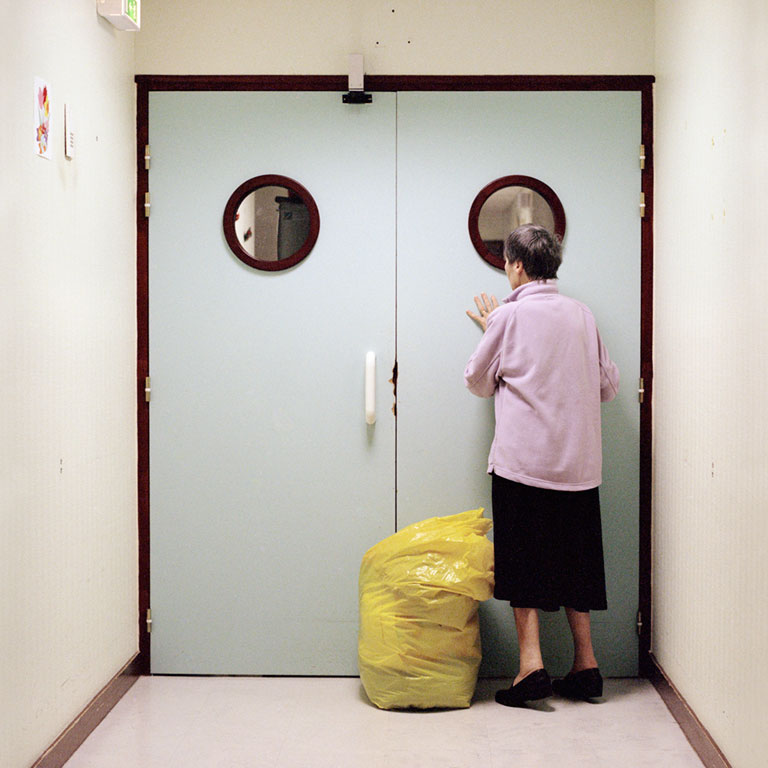
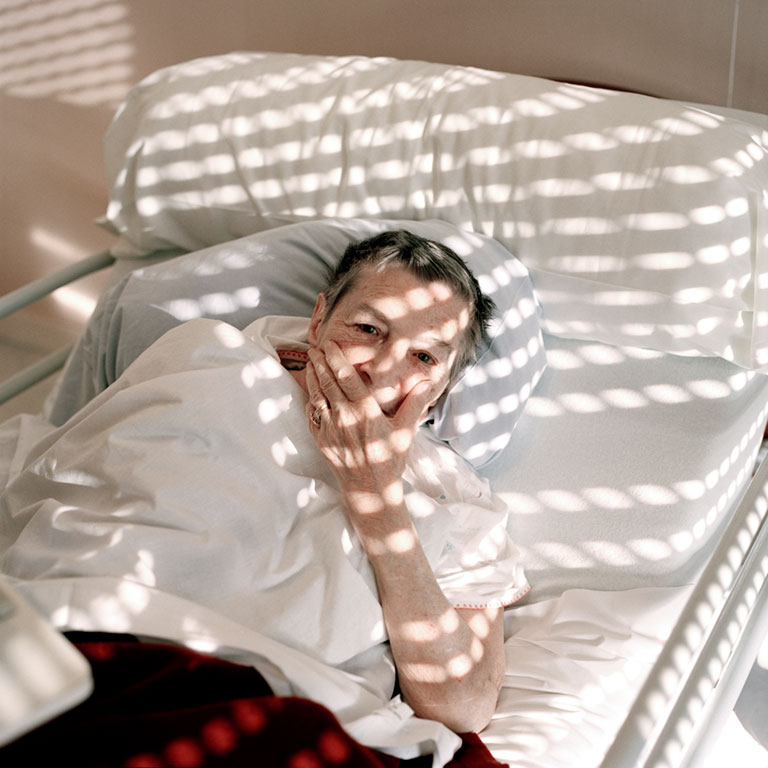
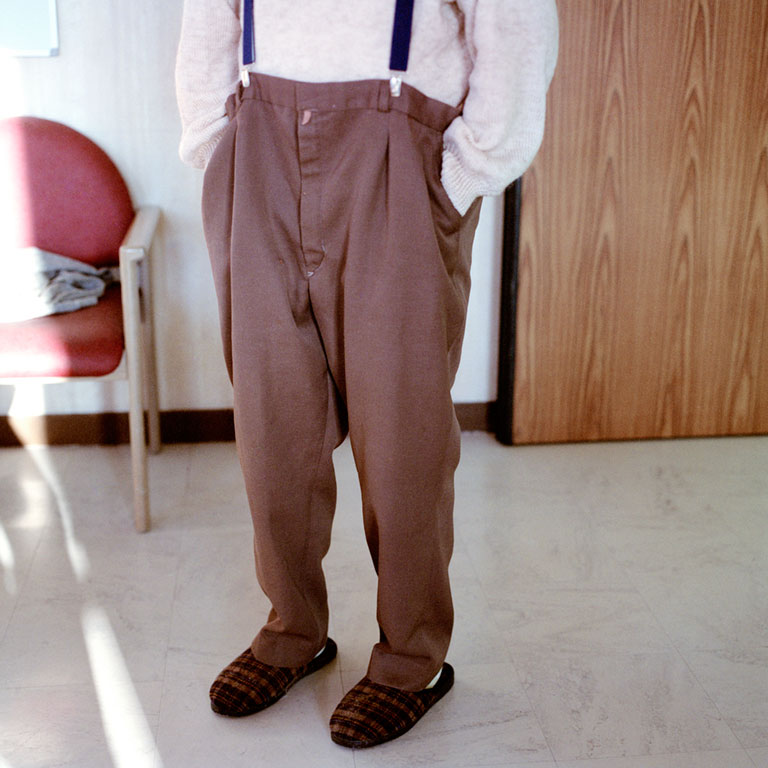
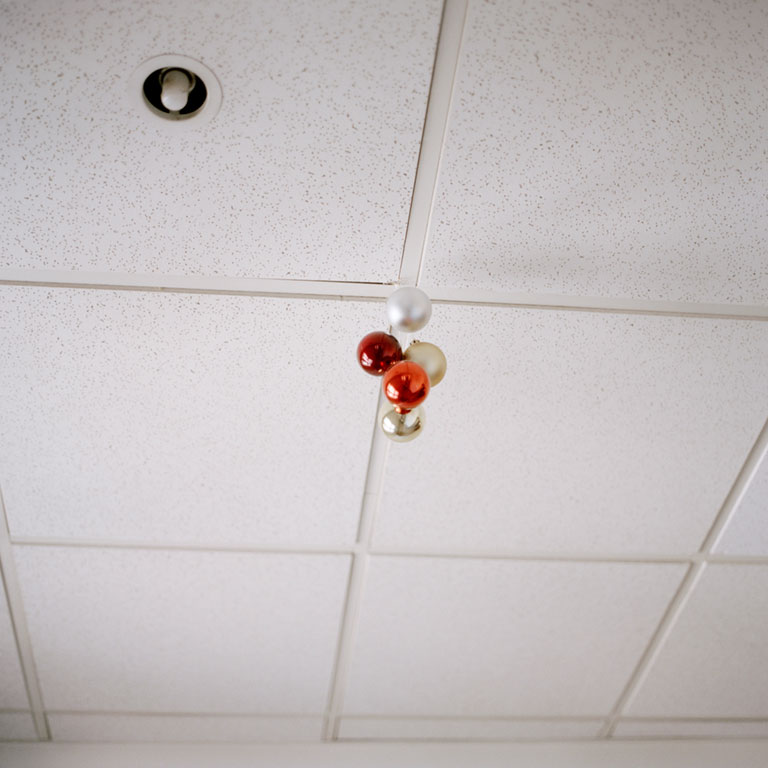

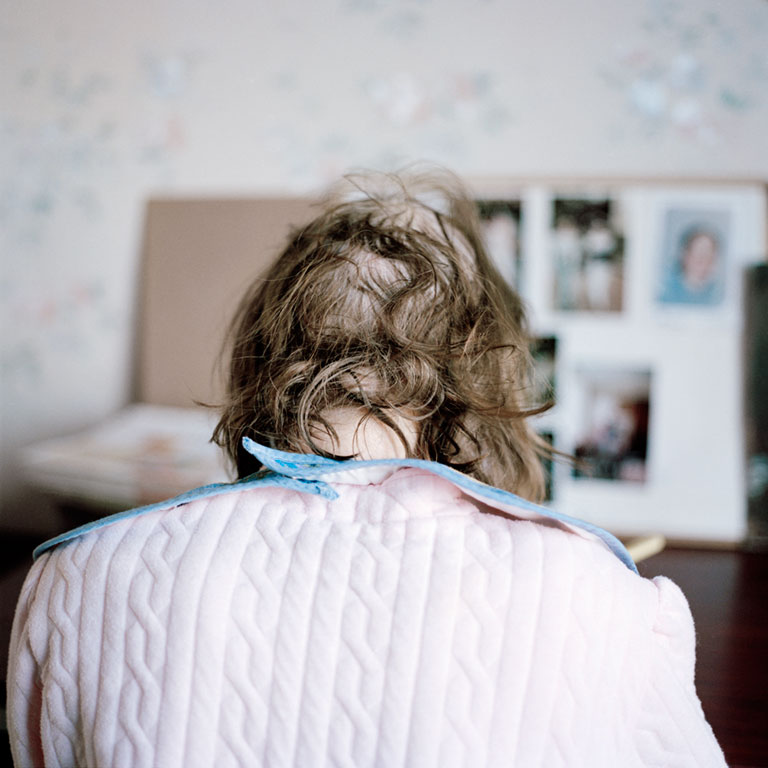
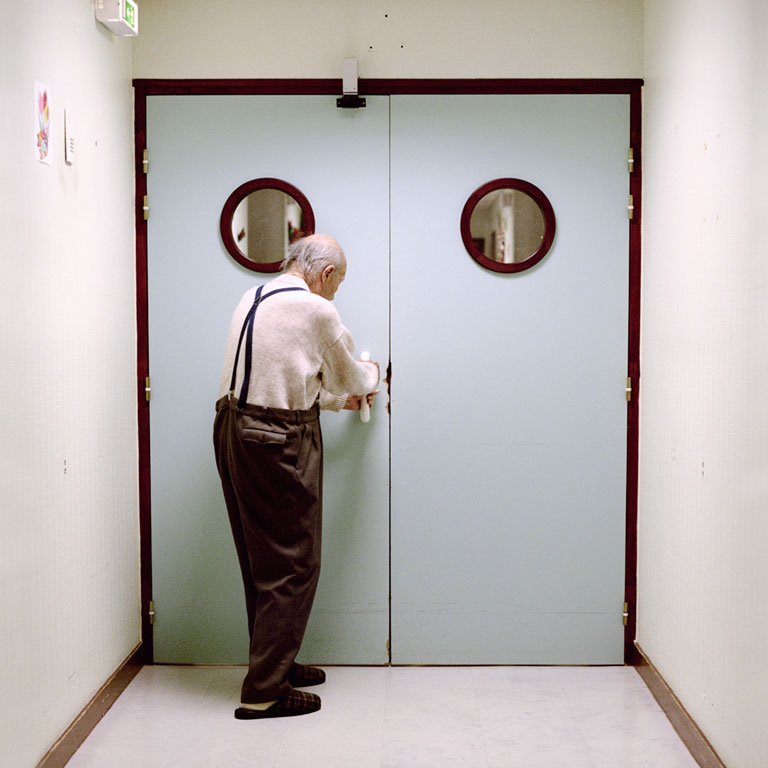
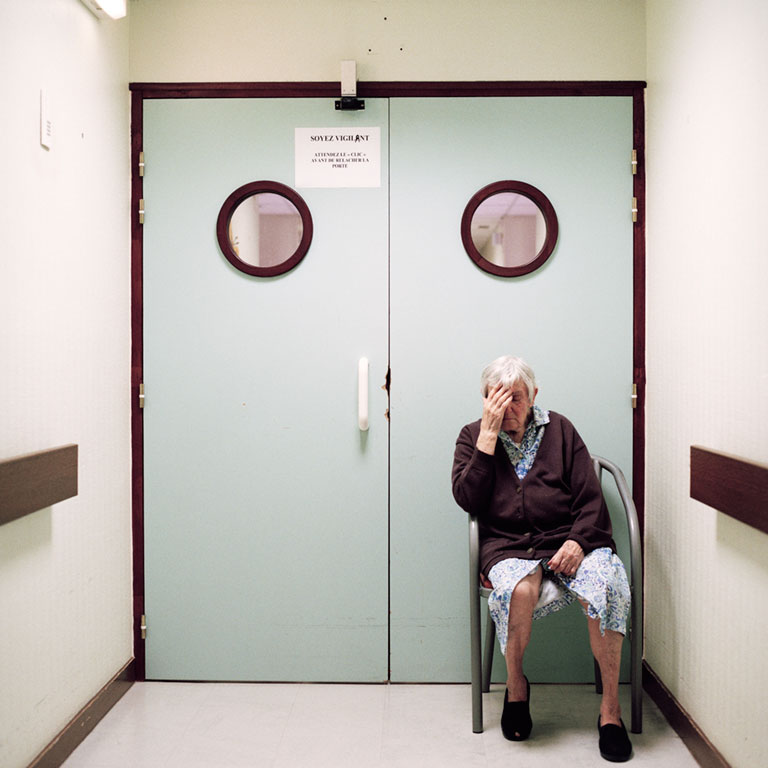
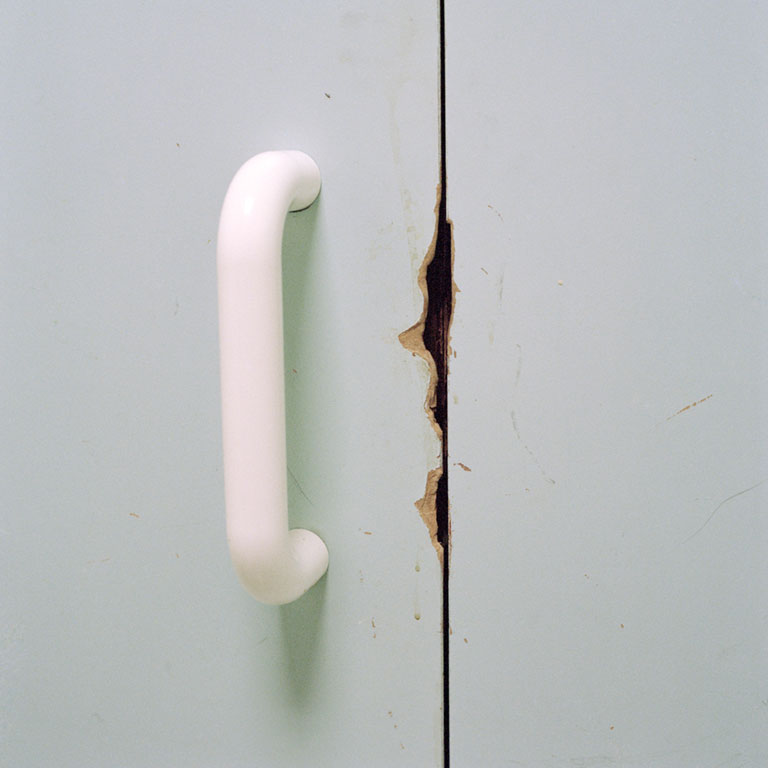
Maybe I have too many projects going on now, but sometimes I like it because it means you can leave one project for a bit. It is important to be able to let go and look back at something differently, because your emotional attachment to the image is sometimes too strong. With Into Oblivion, it was later I came to think about this symbolic way of using this door, it was in this slow editing process, when you are not so much at the moment anymore.
It’s a very difficult process when something finishes, it’s like you lose a part of yourself because it’s part of your life for a long time. That’s why I haven’t finished anything after Into Oblivion.
Good photography is more about the emotions that come with it or the questions the viewers asking when they are looking at the picture. When you are looking at photography, you bring so much to it: your experiences, your own imagination, your own thoughts. Hopefully, you will end up with asking yourself questions. And it’s really weird that you never really know when the photograph works, it’s something magical.
The selection of the images is something I’m working on a lot. The relationships between the images is this point where you really can express yourself. When I decide to make an edit, my presence as a photographer becomes more present. I choose the order — I tell my very personal story.
Monette and Mady
I have been working on a project about twin sisters, Monette and Mady, for 5 years, and we are so much closer now. We are currently working on a book.
Monette and Mady come from fashion, which is very different from my world. At first they were trying to understand what we were doing. Now they trust me completely. Sometimes they don’t want to do it though, they like to say no. But they now accept my eccentricity, because I’m as eсcentric to them as they are to me. We have this very nice exchange. We speak on the phone. We’ve spent a lot of time talking. It’s not only about taking pictures, it’s about the friendship.

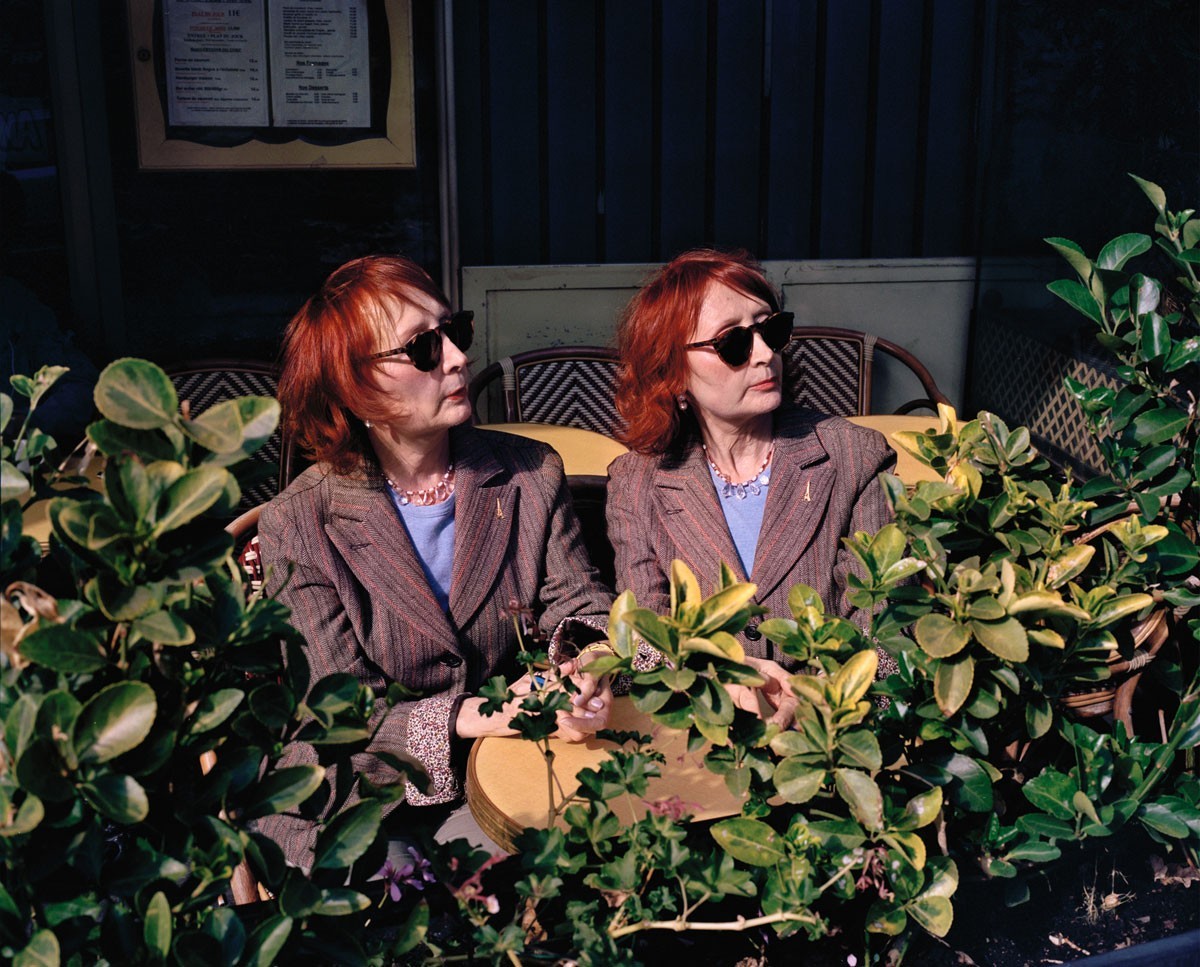

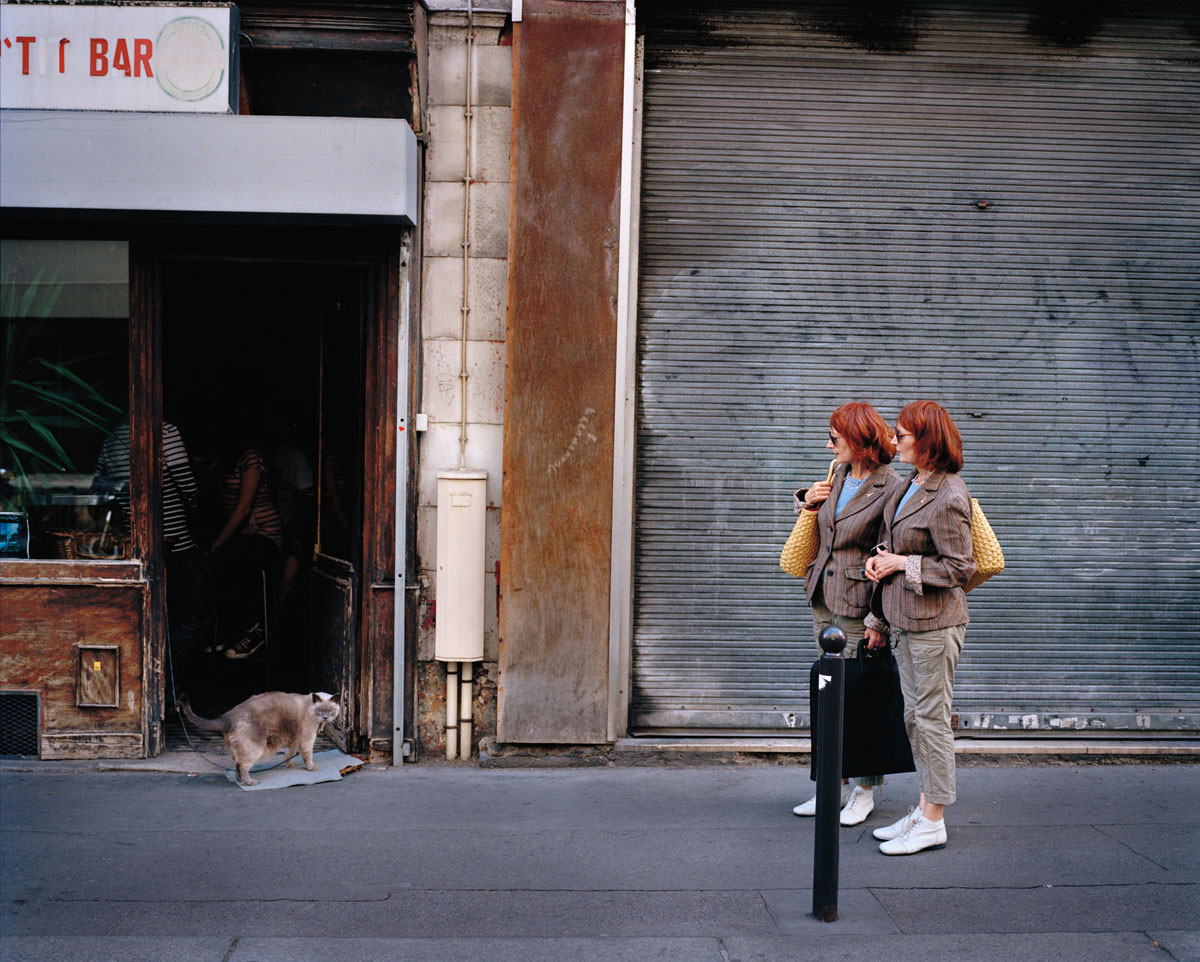
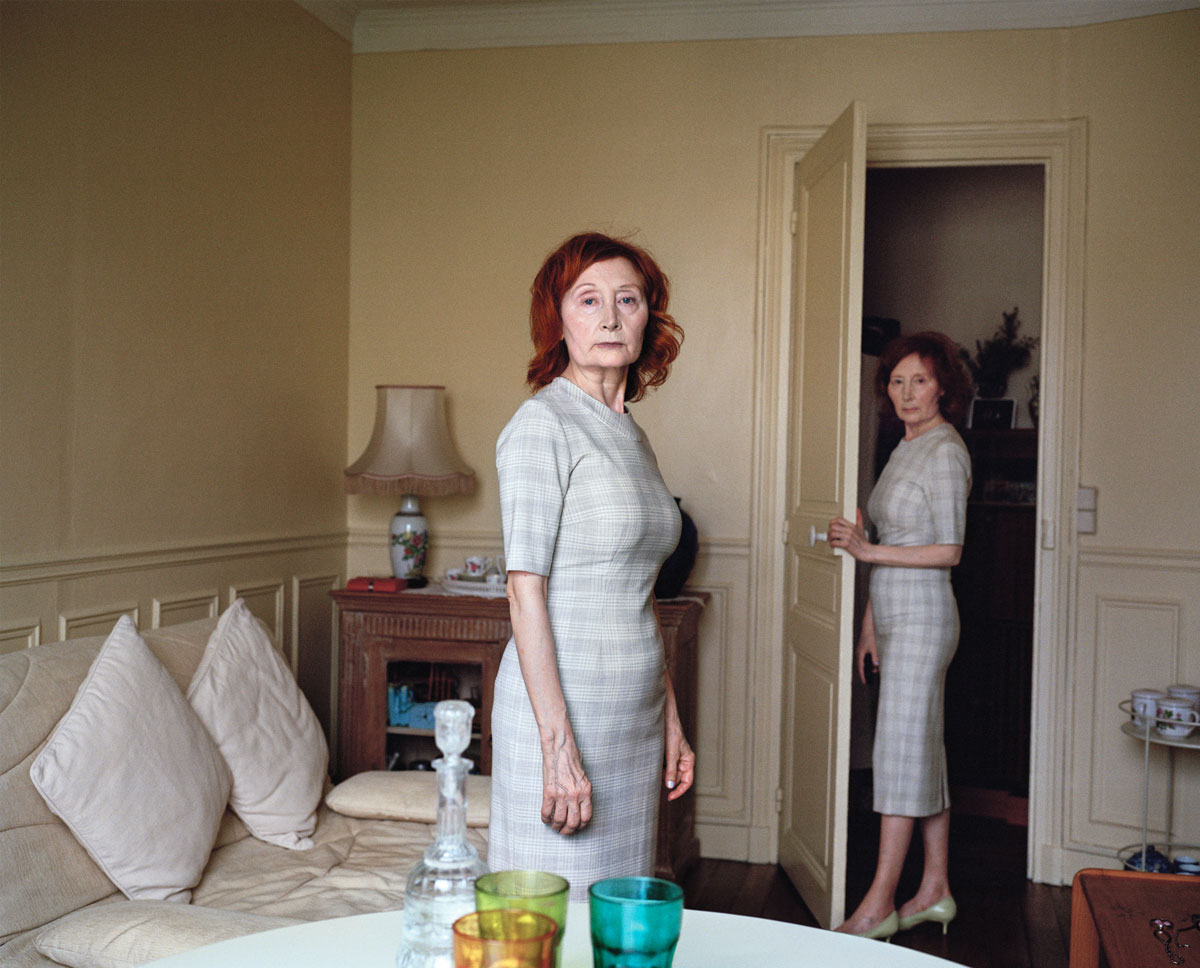





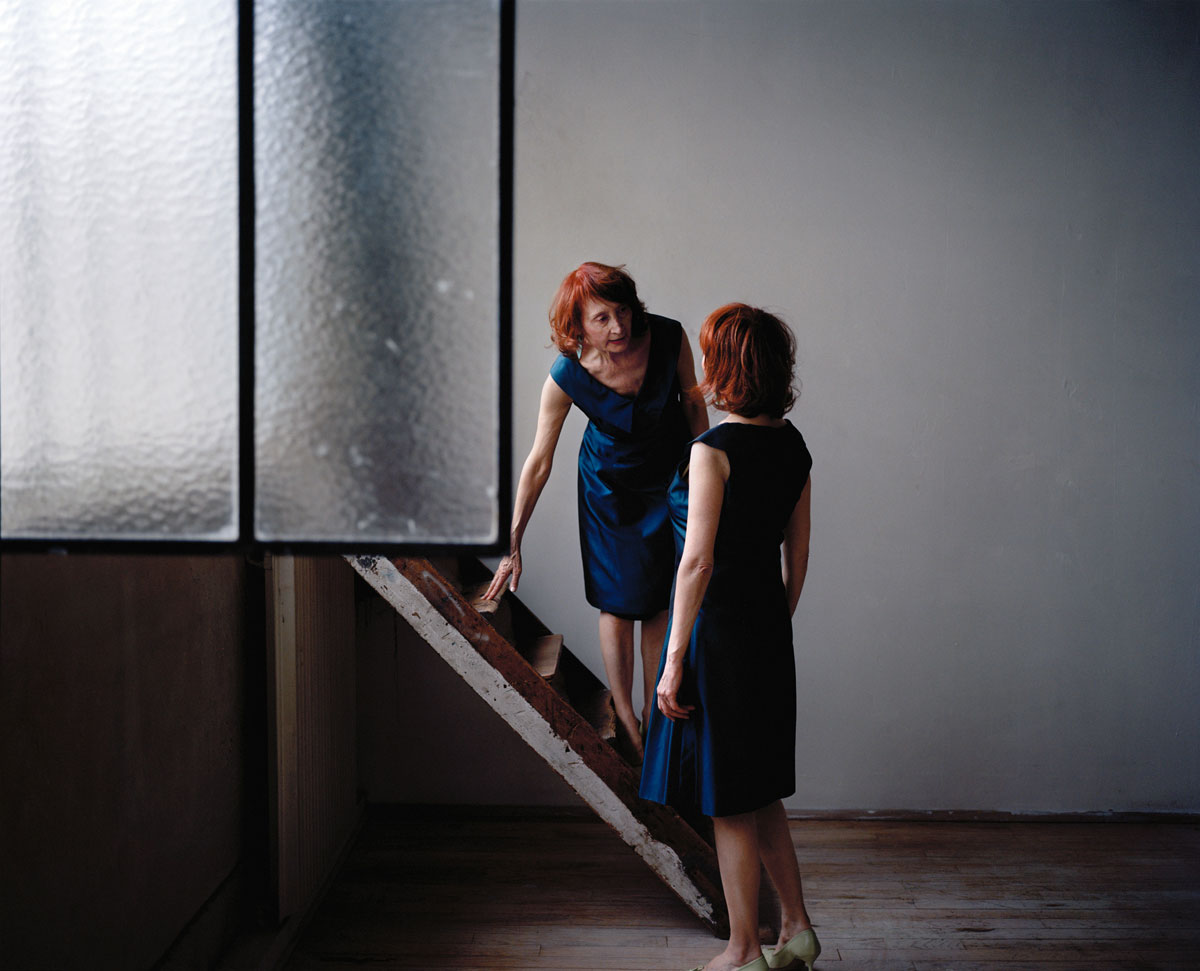

When I’m with the camera I’m so focused on other people’s lives that I don’t fix it on my own. I don’t have Instagram, I’m pretty bad with all of those things. The other day I took my very first selfie. I think selfies are interesting, but every picture I take is as much about me as it’s about the person in the picture.
In 2012, I was invited to a Joop Masterclass, organised by World Press Photo. It invites 12 young photographers. They get to put you in a room with 6 mentors and you share, discuss and edit your work. Every photographer is asked to make a project on a specific topic and bring it. It was a very valuable experience, my work has much changed since. You learn to look at your work differently and to be more precise about what makes sense for you as a photographer. You have to learn to look beyond the first impression, you have to engage with the work and to see positive aspects.
Through photography, you get to be in situations where you wouldn’t be otherwise.
This summer I’ve been to Palestine for 3 weeks staying with families. I’m really interested in seeing different people’s lives and understanding how we all function and why we are all the way we are. Photography allows me to enter other people’s worlds.
I don’t believe that photography can change the world. But as a human being, I believe I can raise different topics, and people might learn something new or become aware. If it affects one person – it’s enough really.
New and best
